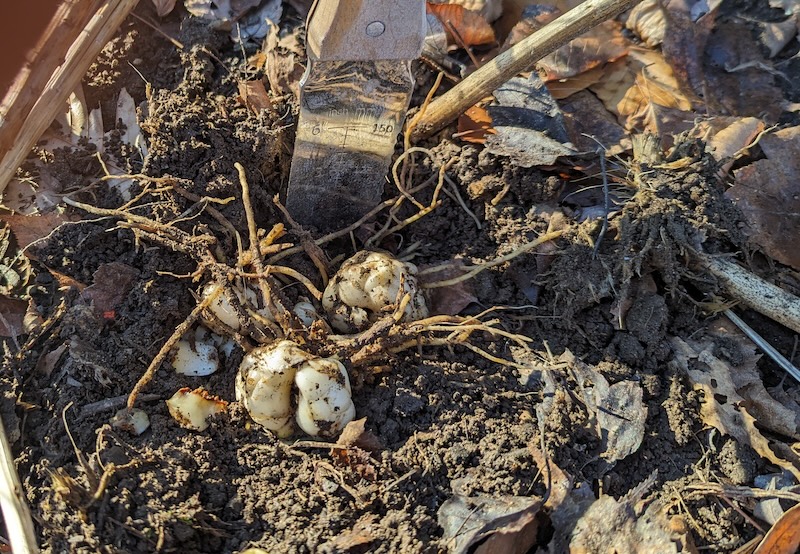The large, beautiful flowers of lily plants add bold color to a landscape, making them an easy and well-deserved focal point. Lilies grow from bulbs and naturally propagate themselves by creating new bulbs, but you can help speed up the process. Dividing lilies is good for the plants because the bulbs will multiply underground without your intervention and eventually overcrowd themselves. Routinely thinning lilies allow the plants to thrive while also allowing you to spread the beautiful flowers throughout your landscape or share them with others.

Methods To Propagate Lily
Lily plants can be grown from seed, which is a longer process than division. Division is the easiest and quickest way to propagate lilies. The bulbs naturally divide or split every few years, and this process continually repeats. Stems growing close together or a thick clump of lilies are signs that the bulbs have naturally divided. Removing some bulbs or dividing the clump lets you enjoy healthy lilies and move the new plants throughout your space.
Entire bulbs can be removed and replanted during propagation. You can also transplant bulblets, which are tiny bulbs that naturally develop along the shared root system, and scales, which are layers around the bulbs that split off when handling. Full bulbs typically grow and bloom the following spring after being transplanted, while bulblets and scales may need a couple of years before they bloom.

What You Need To Propagate Lily
You’ll need a shovel or hand trowel to divide lilies. These are clump-forming plants, and the entire clump should be dug up. A shovel is often the best way to do this, but you can use a trowel to minimize damage. If you have a large and unwieldy clump and are not concerned about possibly losing some bulbs, use a shovel to divide lilies. If you have limited or rare bulbs, consider using a trowel for more precision when digging up and dividing lily bulbs.
Best Time To Propagate Lily
Early fall is the best time to divide lilies. Attempting to divide lily bulbs earlier in the year may prevent the plants from growing or blooming that year. Wait until after the lilies have bloomed before splitting them up; if you can, wait until the foliage dies back. The plant will continue to store energy for next year’s flowers as long as greenery is in place. Giving the plant time to store energy improves the health and success of the divisions.

Steps To Propagate Lily
Step 1 - Wait until early fall to divide lily bulbs. The ideal time will be after the flowers have faded and the greenery begins to die.
Step 2 - Use a shovel to dig up a large clump or a hand trowel to unearth the bulbs.
Step 3 - Gently separate the bulbs, breaking apart the clump. Collect any bulblets and scales.
Step 4 - Plant all bulbs, bulblets, and scales in an amended potting soil mix. Fall is the ideal time to plant lily bulbs, but they can be stored in a cool, dry place and planted in the spring.
Caring For Young Lily Division
Lily bulbs planted in the fall should grow the following spring. Water and fertilize the plants as normal once they emerge in the spring. Bulbs planted in the fall are more likely to grow without delays or issues the following year. Waiting until spring to plant lily bulbs may delay growth in that first growing season, but the plant will catch up during the first year.
 |
Author Alison Cotsonas - Published 12-12-2023 |
